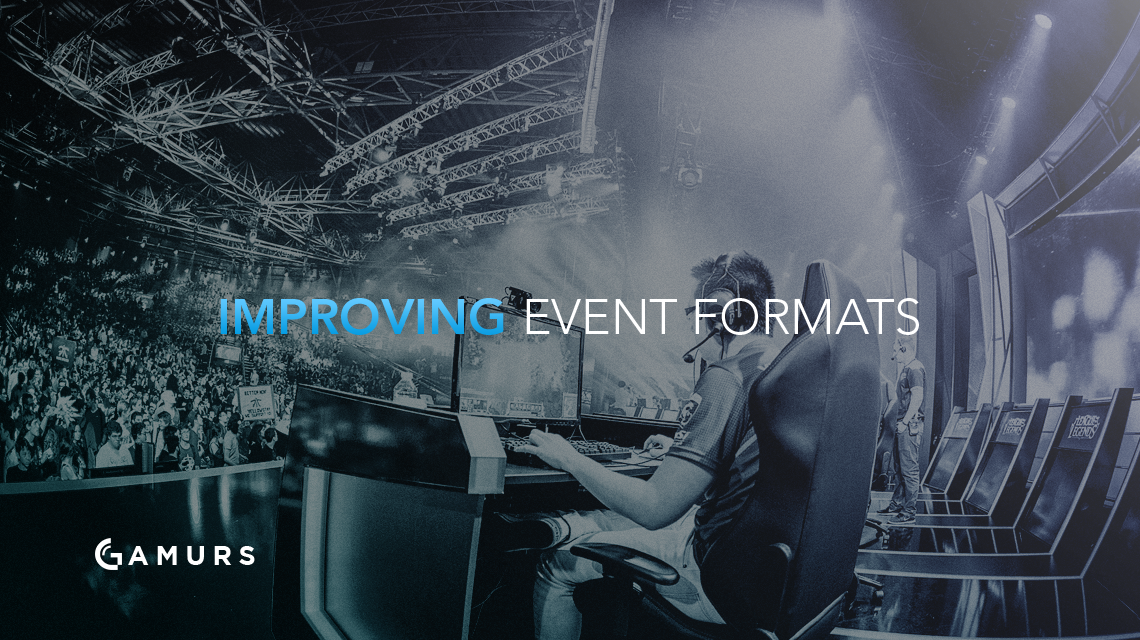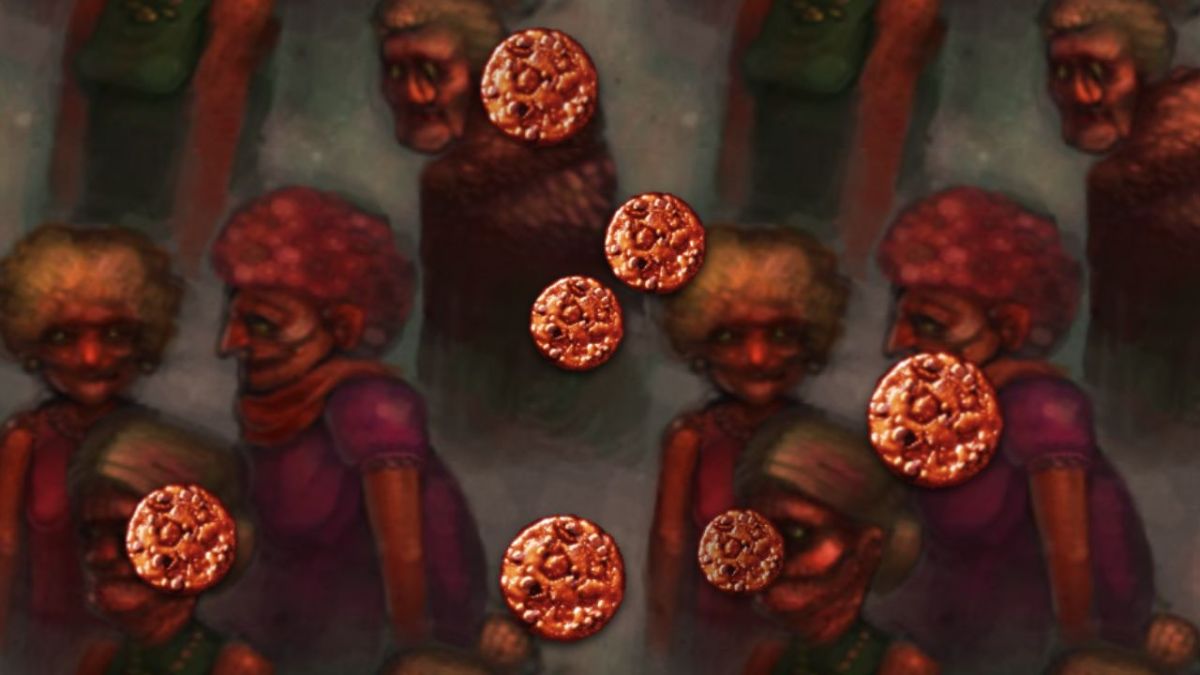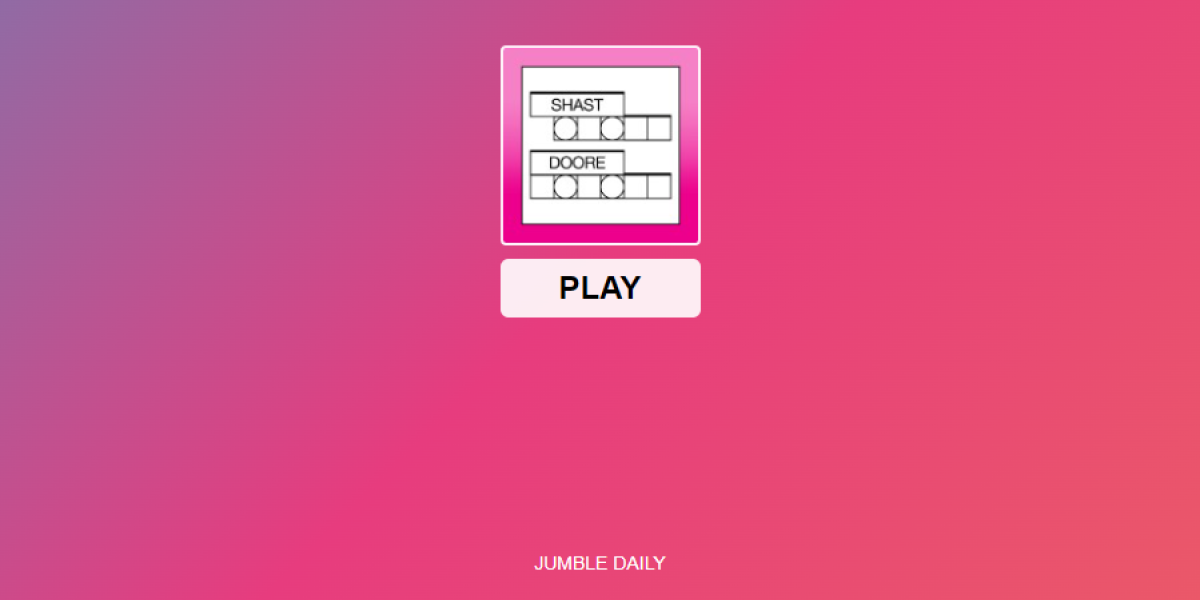It is the goal of all event organizers to put on a good show, yet the format of their events is not always reflective of such a desire. Sometimes, the mistakes of these organizers are obvious, and sometimes, it takes years for an esport to develop proper standards on how events should be formatted, if they ever do. The author acknowledges that there are some very real constraints on the organizers, which is why events are set up the way that they are. That is a valid excuse, but only to a point. It is the author’s goal to examine tournament formats and to outline various approaches suited to various esports, as well as the goals that the event are trying to achieve, since not all esports are the same and neither are all events.
Riot and League of Legends
League of Legends has the most glaring problem when it comes to formats. But before one can dive into such a discussion, it helps to know a bit about the history of the game first. League of Legends originally had an open circuit. It wasn’t until Season 3 that cross-regional play was virtually expunged. Before Season 3, any organization could host their own weekend tournament, and in the case of OGN, most noticeably, host an extended tournament.
According to Leaguepedia, there were 25 top level tournaments in 2012. Averaged throughout the year, that’s a tournament every other week, and with OGN Champions and Worlds, that’s even more competition. These companies were free to choose when, where, and how they ran their events. In the West, that was replaced for two insanely long leagues with best-of-one round-robins, superweeks, and region locking. Thankfully, it has grown to become a better system in the West, and with it, we have seen the growth of Western teams. In Korea, however, that wasn’t the case.
Korea continued Champions in Season 3. Everything was pretty good, despite the lack of international teams competing. The league featured a best-of-two group stage, which it retained until Champions was replaced by LCK and a best-of-three round-robin regular season. The groups were randomly seeded. There was a playoff stage complete with quarterfinals, semifinals, and a grand final. At all stages of the playoffs, there were best-of-fives, an improvement from the 2012 tournaments that OGN organized, and in these best-of-fives, the fifth game was a blind pick, if the teams got that far, which no longer exists. Blind pick presented different kinds of teams; teams that were able to close a series out quickly were noted, and teams that excelled in blind pick were noted as having a particular strength.
Riot is very stubborn and doesn’t change their views very easily, but over time, they have altered the formats of their leagues to be more comparable. That has also come at a price as OGN no longer hosts their tournament, Champions. Now, they host a league with a similar format that is better in some areas and worse in others. It’s worse in that blind pick is gone from best-of-fives and that it is a league. Leagues often lack a feeling of meaning when it comes to regular season play. But it was improved with the addition of best-of-three series, though these best-of-threes were probably introduced by OGN on their own accord, not Riot’s, since Riot did not introduce best-of-three regular season play to the LCS until this year. Of all the esports the author has followed, League of Legends has the worst formats, tragically so.
Starcraft 2’s WCS
Fans of another Korean-dominated esport may think of Starcraft 2 when the topic of bad formats comes up. Many good formats, like the GSL, were developed in Starcraft 2, but when it comes to international competition, tournaments are extremely flawed. Koreans are by far the best in SC2, and it would be only reasonable for them to get more spots at these tournaments because they are better.
Not only that, but Koreans in the West should be able to qualify to the WCS without having the current restrictions imposed on them. Tournaments are supposed to promote the highest level of play at all times. This is a competition; well, it’s supposed to be. Rules should not be getting added on for the sake of appeasing Western fans because bad players have no place in esports. Tournament organizers, like WCS, have a way of supporting weak players. Such madness must not be allowed to spread to any other games.
Counter-Strike Tournament Formats
Counter-Strike has a very good set of tournament formats. The de facto format follows the Starcraft GSL format. The GSL format features a set of games confined to a small group of teams. The winner of the group is determined first, as is the loser. The winner is guaranteed to face a second-placed team in a different group. For example, if Na’Vi wins Group A, they will play the second-place team from Group B. The GSL format becomes very easy to understand, and since it has been applied to most tournaments in CS:GO, there has been no confusion among experienced fans.

In CS:GO, ESL has recently introduced the Swiss-system from chess. In the CS:GO version, teams have no seed and play against people with the same standing as them. That means in the first round, they play a random team. That is remedied with them being able to play another team in the next round with the same standing as them. This system of matching teams of the same standing is a form of seeding, like how GSL matches first and second placed teams in the first round of the playoff, except GSL seeds theoretically better teams against theoretically weaker ones.
Being able to play in a system with some form of seeding is better than none, but initial seeding would help immensely. Suppose Team 1 has a record in this tournament of 1-0, then they will play a team also with a 1-0 record. Team 1 may have just won against Virtus.pro, but Team 2 may have won narrowly against Team Liquid. These are obviously very different results, and they should be rewarded differently. However, this could be bypassed by using initial seeding. A good team would play against a weaker one, and then the top-level and low-level teams will play amongst themselves. Once sorted out, the best will make it to the playoffs, and the best of them will have a better seed going into the playoffs.
Humorously, the Fnatic-OpTic game at ESL One New York was between two teams of different standing, so the system didn’t really work out anyways. In theory, the Swiss-system is supposed to eliminate the complaining and problems associated with unbalanced and unseeded groups, and while it did help fix that to some extent, Swiss-system is obviously imperfect.
Need for Seed
Seeding is absolutely important, yet it is completely undervalued. Fans of some games and even Riot, have criticized seeding for rewarding the best teams, despite that being the whole point of competition. Seeding allows good teams to go further by avoiding other good teams until the last possible moment. In Counter-Strike, Virtus.pro is considered a better team than Dignitas right now. If they met before they were supposed to, then one of them would have a weaker finish and some weak team would have made it further than they should.
The disaster of unseeded groups was felt at ESL One Cologne this year in Groups A and D. Group A consisted of incredibly weak teams like Counter Logic Gaming, Gambit, Astralis (with two stand-ins), and Dignitas (who was a far cry from today’s Dignitas and lost to Astralis). Group D was stacked with teams like Fnatic, G2, SK, and FaZe. Fnatic was forced to take G2 out in the groups, once again perpetuating G2’s inability to get out of the group stage at a major; this time, however, it hardly was G2’s fault. A tournament should never punish good teams by putting them into hard groups, and as a result, knock them out early while weaker teams get to move on and obtain Legend status. Poor seeding also forces the #2 team in the group to be matched against a #1 team from a different group, who may or may not be very good.
“How is seeding done?” you may ask. Seeding, if there is any, has been based upon online results in the preliminary league or a person chooses the rankings of teams. Obviously, it is better to have a system in which there are specific and perfect criteria that determine seeding rather than a biased person, but the criteria from which seeding is currently derived is flawed. Online results mean very little in Counter-Strike. Virtus.pro bombed out of ESL Pro League, but they were able to turn it around on LAN. Back in the day, a person’s online results meant nothing until they proved themselves on LAN. How can tournament organizers solve this problem?
There are multiple ways to improve this rotten system. For seeding, there should be a ranking system based on LAN performances that all tournament organizers would agree to use. It will take the standing of both teams, whoever wins, and the manner in which they win (2-1, 2-0, etc.) will be rewarded accordingly. Points will be transferred from the losing team to the winning team.
Also, the difference in the opponent’s level will be taken into account as well. SK defeating OpTic 2-0 will receive less points than they would if they beat Virtus.pro 2-0. New teams to this system will start out with zero points until they win games on LAN. This system will have a complete reset at the end of the year, and there will be soft resets to correct teams leaving and entering the rankings. Soft resets will occur every three months. This system will be purposefully large so as to limit the need of soft resets. No fewer than 20 teams should be in the ranking.
The Ultimate Format
The ultimate tournament, something like a major in CS:GO or an inter-regional tournament for League of Legends, would feature the aforementioned seeding system and a playoff stage format throughout. There would be a few modifications though. Currently, most tournaments in all esports feature single-elimination brackets, and for a tournament like a major, a team should have multiple chances. After all, people do make mistakes. This tournament would therefore feature double-elimination. Back in CS 1.6, double elimination was used, but the losers bracket was either best-of-one, or double-elim was used to cover-up the use of best-of-one matches. While the author can understand the time and budget constraints of tournament organizers, there are better ways around such issues than best-of-ones, or maybe, they aren’t qualified to host major-tier events.
This is a format to be used by the highest tier events. The reason why this format is preferable to the GSL format is that it creates a greater sense of meaning to each game. A team in the losers bracket has their life on the line, and a team in the winners bracket doesn’t want to be disadvantaged during the rest of the tournament by having to play more games. There can be no penalty other than having to play extra games, other than favoring teams like Astralis over Virtus.pro. Astralis has failed time and time again in the finals of tournaments, and VP does better in those kinds of situations. Even though tournaments have had flawed formats, Astralis has played and lost at enough of them to be called not as good as Virtus.pro. Teams should be on an equal playing field in game and should not be disadvantaged versus upper-bracket opponents. To favor a team in the upper-bracket with a map veto advantage is to eliminate the point of the lower-bracket.
Teams in both the upper and lower brackets will play best-of-threes. Best of three series have been determined to be the best test for the skill of a team in CS:GO. Best-of-one matches lead to upsets, which are not always good because the better team on that day is to be rewarded. Adding more games may appear to test teams more, but there are not enough maps to support best-of-five series and such a series is fatiguing. Basically, what has just been described was The International format with some slight variations. All teams start out in the winners bracket in this system and all games are best-of-three. There is no group stage, and the comprehensive seeding system will be used.
Obviously, this kind of tournament requires a lot of time, so a better form of the current CS:GO/LoL GSL format should be used for most tournaments. Pools for groups will be seeded based on the comprehensive seeding system. All matches will be best-of-three in the tournament. Like the current format, it will be a single-elimination playoff with the #1 team of the group facing off against the #2 team of a different group. Teams in the same group will not meet again until the finals, if they both make it that far.
This is not the end-all-be-all for tournaments in CS:GO and League of Legends. In CS:GO, there have been some very interesting formats, like ESL Expo Barcelona. In Barcelona, there was a very different atmosphere compared to other tournaments. Such a format is more flawed in the competitive sense, but it is a fun and different experience if used once or twice a year. While flawed formats can still have exciting games, it is important to use the right format for the right event. Hopefully, tournament organizers and fans will not stand in the way of progress while blinded by the fact that bad tournaments can provide good games.
Do you have ideas for tournament formats not mentioned here? Let us hear your thoughts in the comments below or tweet us @GAMURScom.
Photo credit: ESL
Follow me on Twitter @Bleda412






Published: Nov 7, 2016 01:39 pm